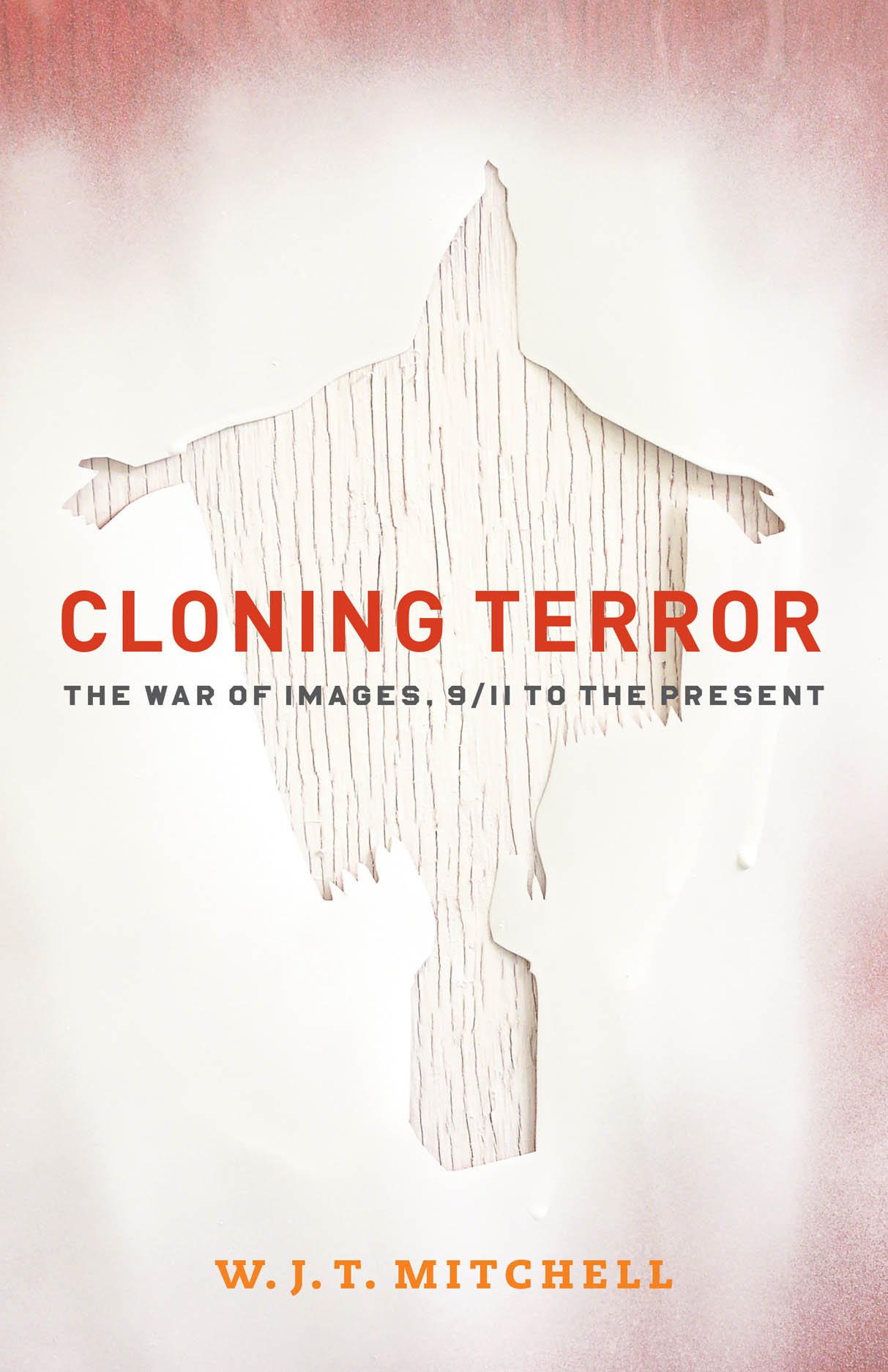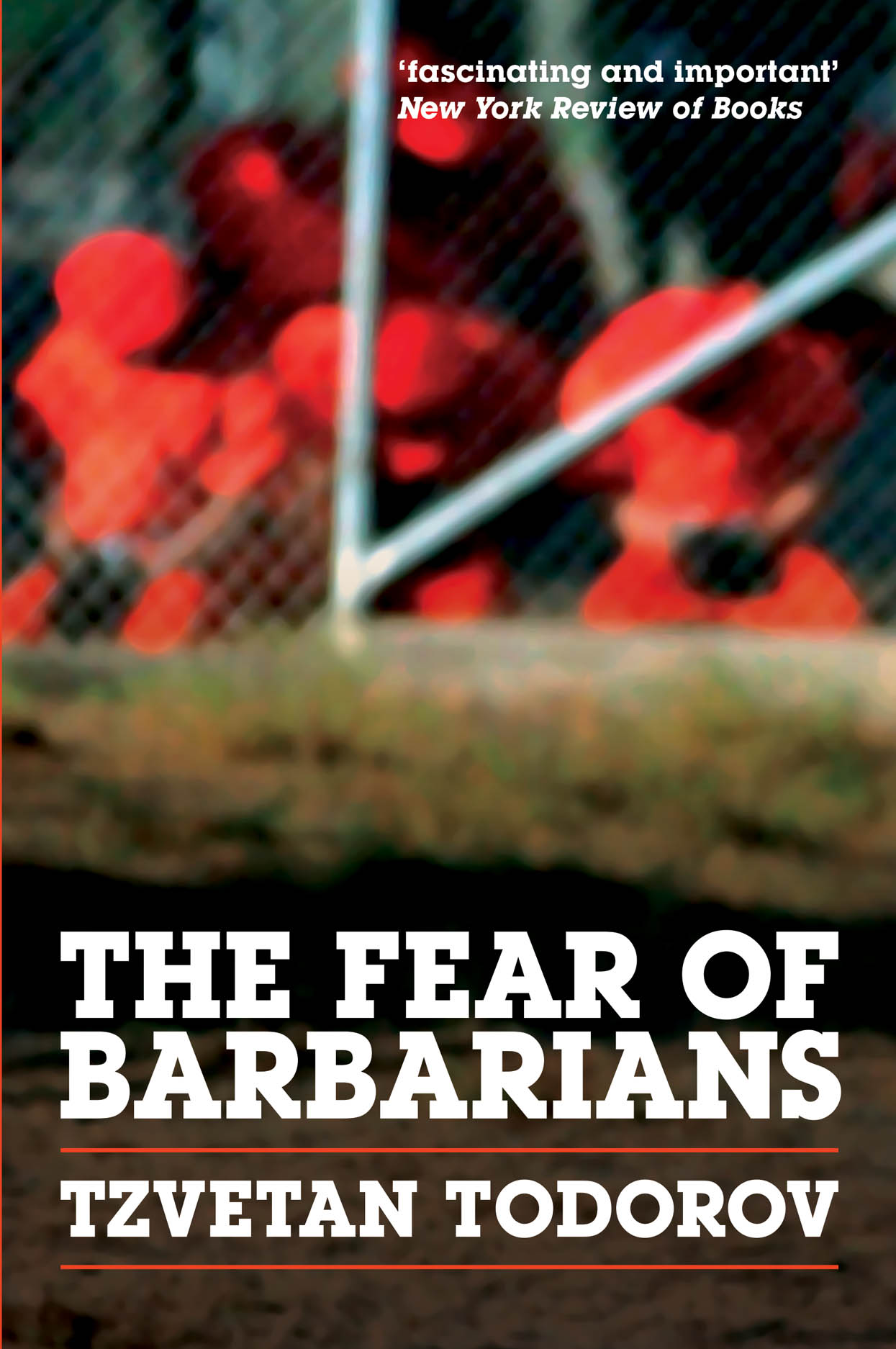TRAFFIC: W. J. T. Mitchell and Tzvetan Todorov, Part II

Welcome to Part II of our inaugural exchange, between Tzvetan Todorov, author of The Fear of Barbarians: Beyond the Clash of Civilizations (one of the Guardian’s 2010 Books of the Year) and W. J. T. Mitchell, whose Cloning Terror: The War of Images, 9/11 to the Present, just published. Join Todorov and Mitchell as they discuss international media coverage of WikiLeaks and more below.
Dear Tzvetan:
Your linking of my image repertoire to Goya is very shrewd. The Hooded Man on the box curiously reminds some people of Goya’s executioners and inquisitors—a strange reversal of the roles of torturer and victim. But I wonder what you think of the Christological echoes in this figure? To me, they seem unavoidable, but certain people have expressed resistance and skepticism, based on ethical concerns that this turns us away from the reality depicted in the picture. My answer is that there is a reality produced by the pictures in their reception that also needs study.
But the question I am most eager to ask you has to do with the concept of the the “historical uncanny,” which to me is the spark that leaped between our two books. First, a purely personal thrill at the coincidence that we would publish books in the same year on the same list and on the same subject—the contemporary state of the war on terror. Perhaps it is not so surprising after all, given the importance of the subject, and the need to reframe it with the perspective of culture, civilization, and (in my case) images and metaphors. But I wonder how it strikes you to take your seminal discussion of the uncanny (in The Fantastic)—the literary genre that emerges between fantasy and the detective story—and test out its applicability to the very history we are studying. We say without hesitation that history discloses irony, tragedy, even farce (if Marx is right). Do you think there can be a properly historical uncanny? That is, moments when events produce suspension and transition between opposing interpretations, uncanny repetitions, coincidences, doubles, and the like? I see your figures of the civilized and the barbarian as avatars of these archaic double images, mirroring and opposing one another.
I would love to hear your thoughts on these questions.
Warmest regards,
Tom

Dear Tom:
I was struck myself by the proximity and simultaneity of our two books. Even more so, maybe, if one can confront this closeness with what we were both doing a few decades ago. I believe both of us were much more “textually” oriented and we weren’t exploring current political events (at least I wasn’t). This simultaneous change cannot be purely personal—probably it is related to the transformation of our societies as well. This deserves reflection. . . .
To comment rapidly on your two questions: I can see quite well the resemblance of the Hooded Man with the crucified Jesus. I have a feeling that the religious imagery of Christianity is so deeply absorbed by those who belong to our cultural tradition that we cannot avoid superimposing its schemes and models on our present perceptions. Goya is again a case in point: when he paints a man that will be executed in the following minutes (in The Third of May), we immediately relate the gesture of his open arms to Jesus Christ on the cross. The same is true concerning the figure in the first engraving of the Disasters of War (“Sad Premonitions. . . .”): the man praying on his knees (an allegorical image of the author) is immediately related by most viewers to the image of Christ in Gethsemani garden (“take away this from me”).

This connection doesn’t turn us away from the reality depicted because we always grasp reality with references to earlier perceptions, which in turn help shape present ones. On the other hand, I hadn’t thought before you wrote that there may be a historical relation to the “uncanny.” Excuse me for coming back again to the subject that interests me most these days— this was very topical for Goya, whose career was contemporary to the rise of this genre in England and France. I am thinking of these “undecidable” pictures of the last years of the XVIII century—of witches and witchcraft—when we don’t know whether the characters are dreaming or really encountering demons.
My attention has been distracted during the days separating our first and second exchange of letters by a media event: the publication of new information on the Iraq war by WikiLeaks. The first thing that struck me was that the journalists from major newspapers that had access to the sources didn’t present the same picture of them (another example of the construction of different facts out of the same raw material). The NYT and IHT published two papers on the subject: one was on the Iranian interventions in the war and the other on the fact that the worst violations of all rules were committed by the Iraqi police forces. Nothing was devoted to any violation of these rules by American forces.
The coverage in Le Monde was very different: it concentrated on the American transgressions of law and on the “banality of evil.” Thus, if you read the NYT, you won’t learn anything about the 303 complaints filed by Iraqi survivors because they had been tortured by American forces (more Hooded Men). On the other hand, Le Monde published photos of routine war, whereas the NYT has one very powerful picture which could become an emblematic image like those you discuss—an absolutely distressed young girl whose parents were shot in front of her eyes. A very strong image indeed; I wonder how you would comment it.
What strikes me also is that the official reaction in the United States is rather one-sided: “Pentagon condemns leaks.” “We deplore WikiLeaks for inducing individuals to break the law, leak classified documents, etc.” But they don’t deplore the crimes committed by the soldiers or the private companies working for the army, or the orders they receive which cause them break the law. They don’t condemn the torture: only the fact that it is exposed. To say nothing of the huge disproportion of victims in general: 4500 on the American side and several hundred-thousand for Iraq, although Iraq never attacked the United States.
This brings me back to another chapter of your book, in which you comment on Karl Rove’s proud statement that he and his friends are creating reality. Indeed, but what an ugly reality it is! Isn’t this the strongest threat for our fragile democracies?
Warm regards,
Tzvetan